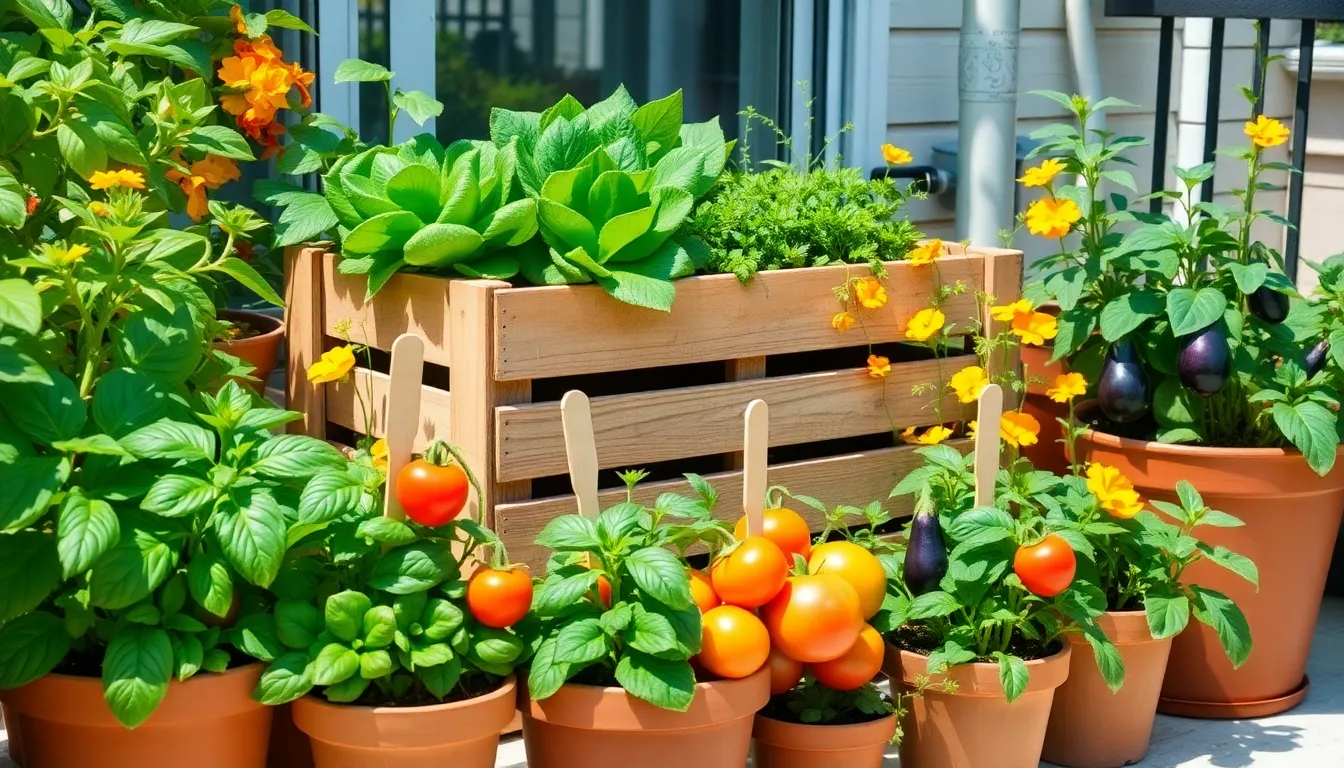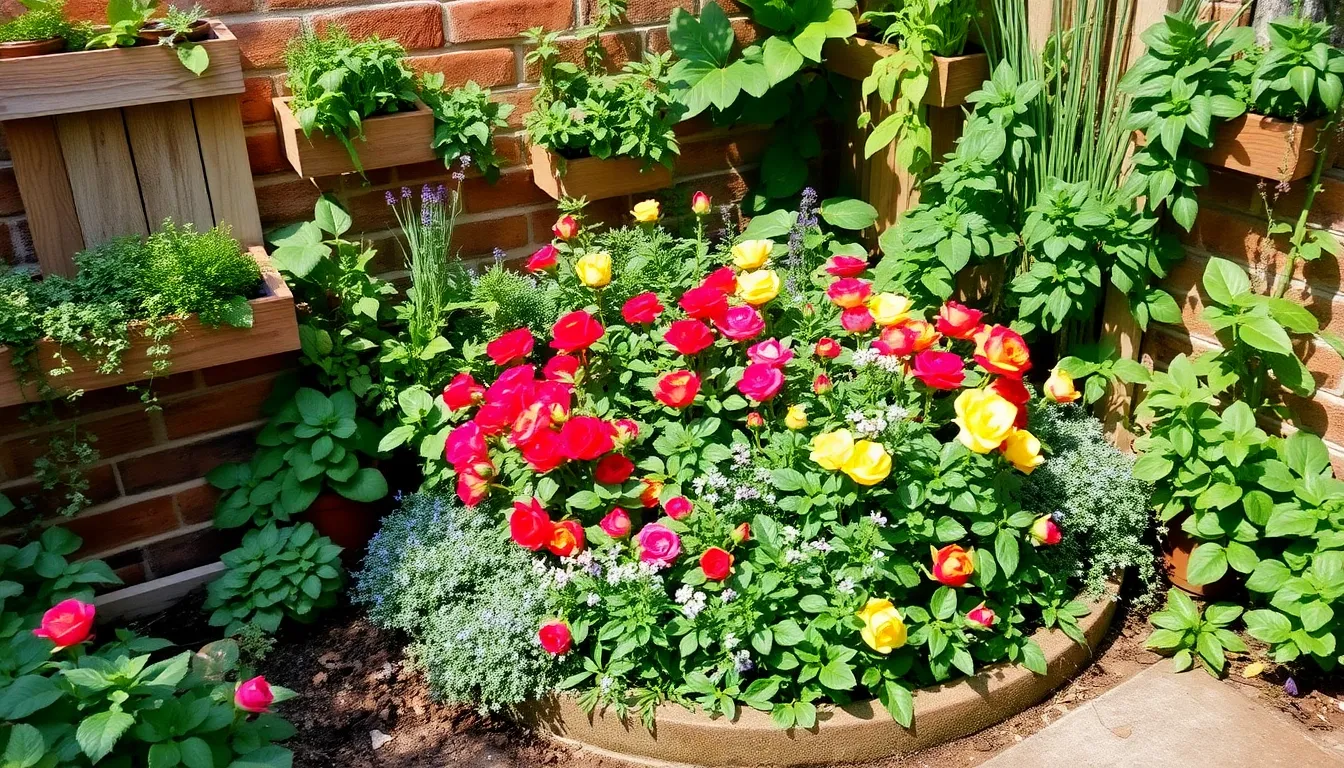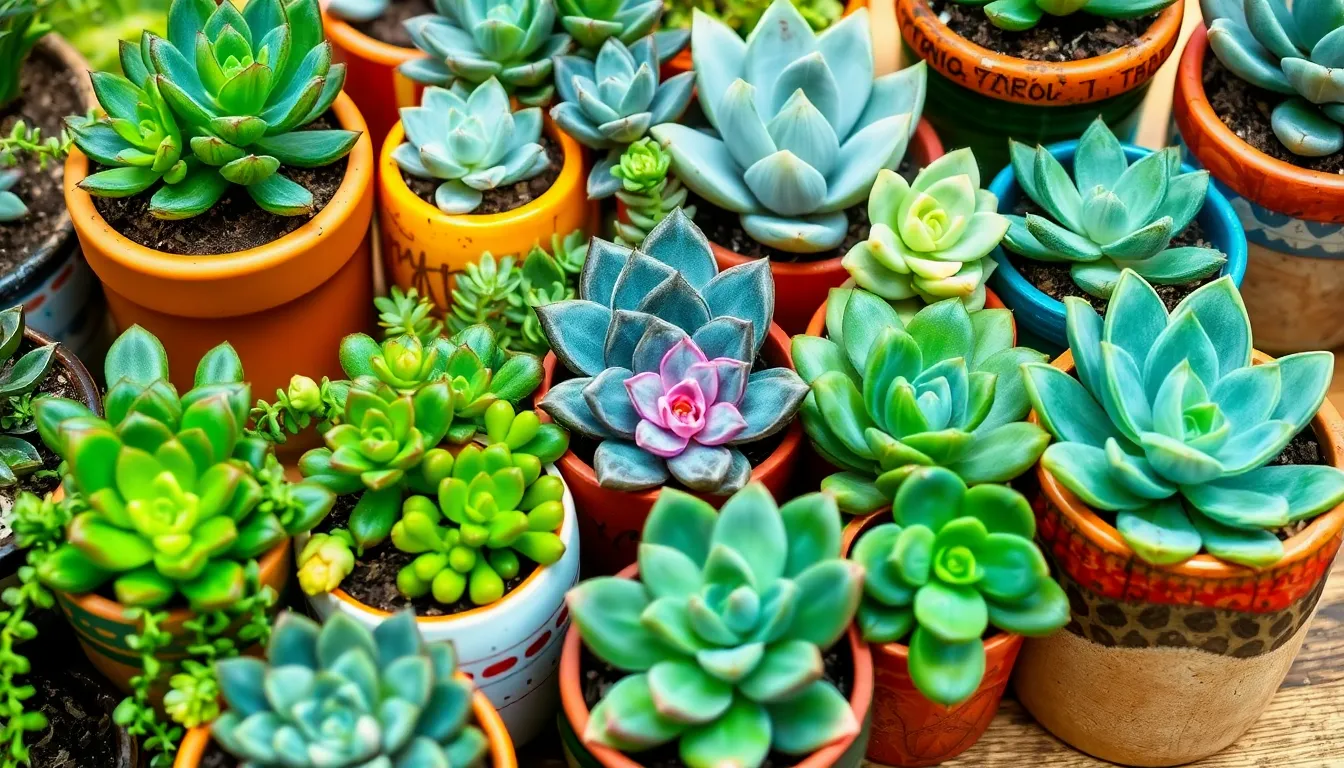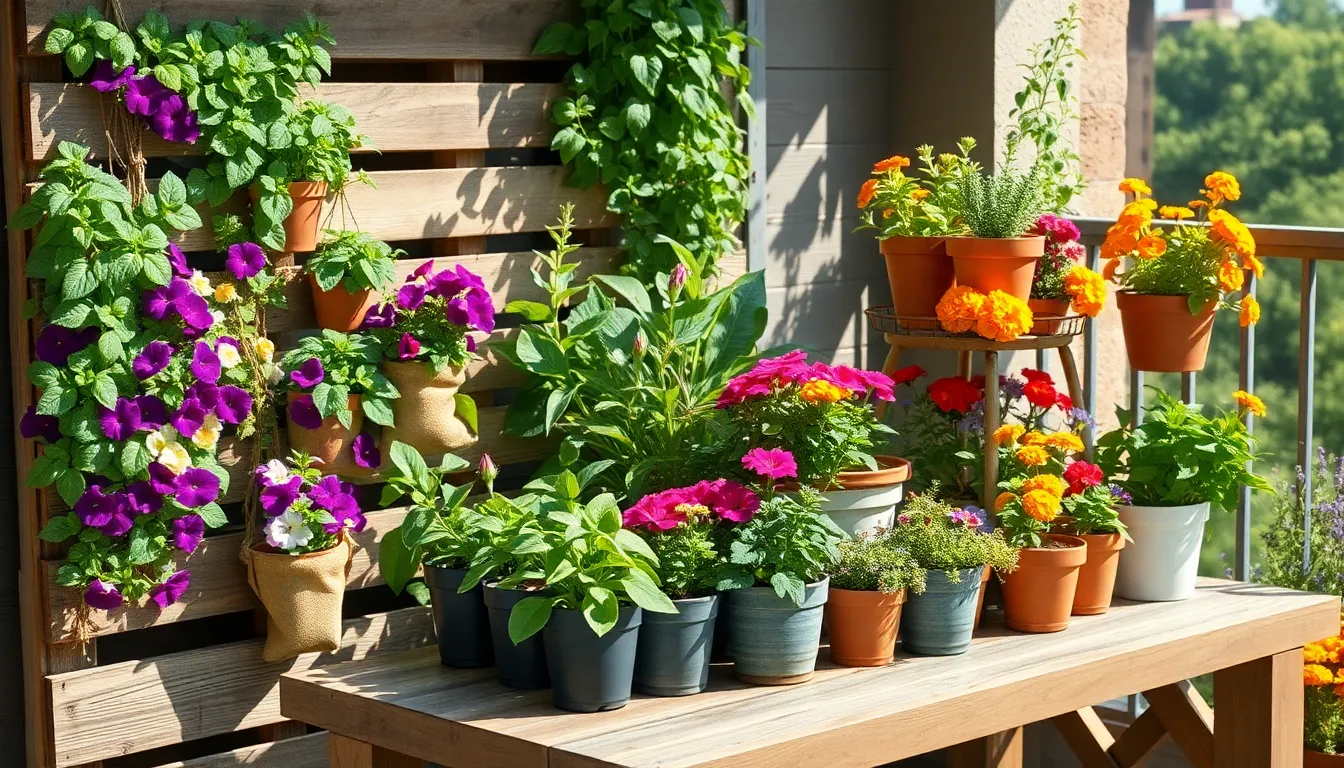**Introduction**
Imagine stepping out onto your balcony or patio and being greeted by the vibrant greens of lettuce, the cheerful reds of cherry tomatoes, and the aromatic scent of fresh basil. Whether you’re an urban dweller with limited space or a seasoned gardener seeking a new challenge, container gardening opens up a world of possibilities to grow your favorite vegetables right at home.
For beginners, container gardening can be an inviting entry point into the world of horticulture, offering the satisfaction of cultivating your own produce without the need for expansive garden plots. Experienced gardeners will appreciate the flexibility and control containers provide, allowing for experimentation with different soil types, watering schedules, and sunlight conditions.
In this article, you’ll discover the essential steps to successfully grow vegetables in containers, from selecting the right potting mix to choosing appropriate containers and plants. We’ll guide you through the nuances of nurturing your plants, ensuring they thrive and produce a bountiful harvest.
Select Suitable Container Types
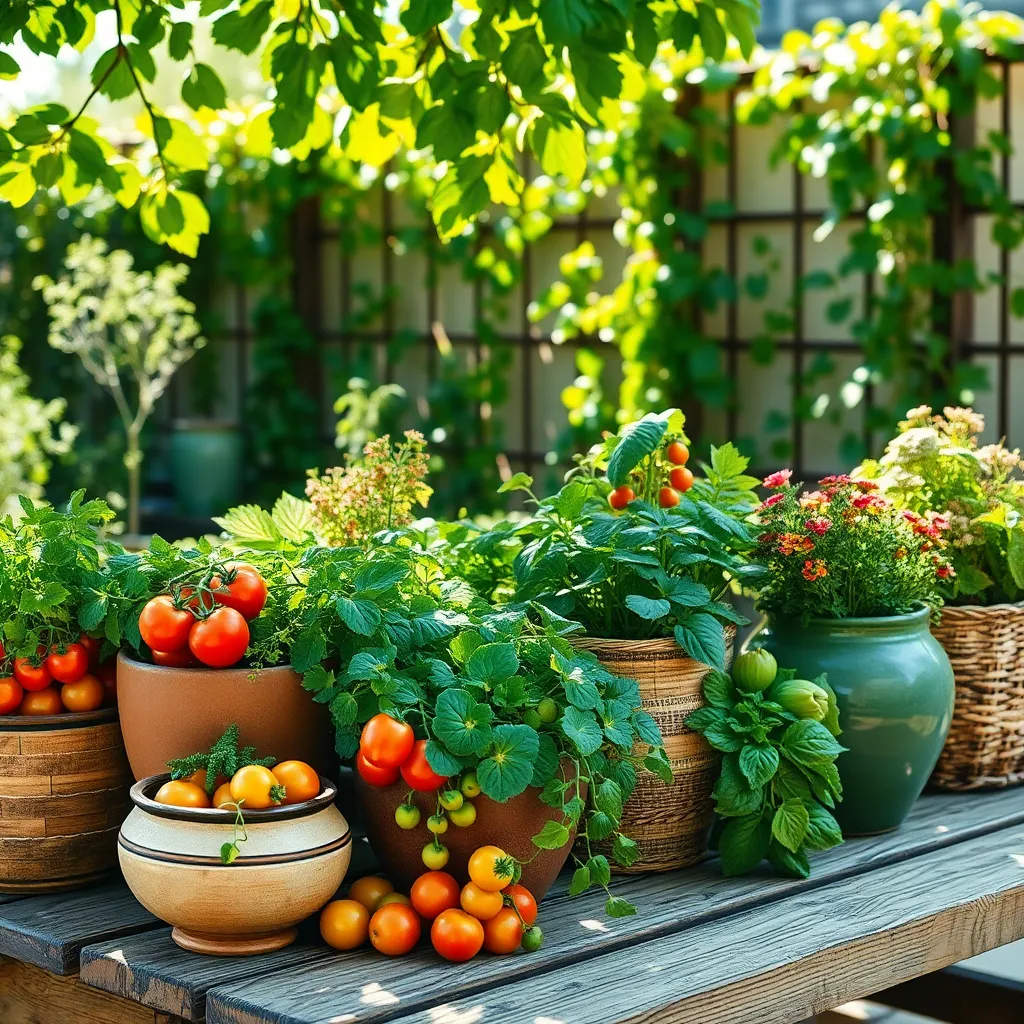
When selecting containers for growing vegetables, it’s crucial to consider both the size and material of the container. Larger containers provide more room for root development and can help maintain soil moisture, which is especially important for vegetables like tomatoes and peppers that require consistent hydration.
Materials such as plastic, terracotta, and fabric each have their own benefits and drawbacks. For instance, plastic containers are lightweight and retain moisture well, making them a good choice for gardeners who may not water frequently.
Terracotta pots, while aesthetically pleasing, tend to dry out more quickly and may require more frequent watering. If you prefer flexibility, consider fabric pots, which offer excellent drainage and air circulation, promoting healthy root growth.
To ensure proper drainage, make sure any container you choose has adequate holes at the bottom. If you’re using a decorative container without holes, consider drilling them yourself or placing a smaller pot with drainage inside the larger one.
For beginners, starting with a versatile container like a five-gallon bucket can be an excellent choice. These containers are not only affordable but also provide sufficient depth and space for a variety of vegetables, including root crops like carrots and radishes.
Advanced gardeners might experiment with self-watering containers, which can help maintain the ideal moisture level for plants. These containers typically have a water reservoir at the bottom, reducing the frequency of watering and ensuring that plants have consistent access to moisture.
Choose Quality Potting Mix
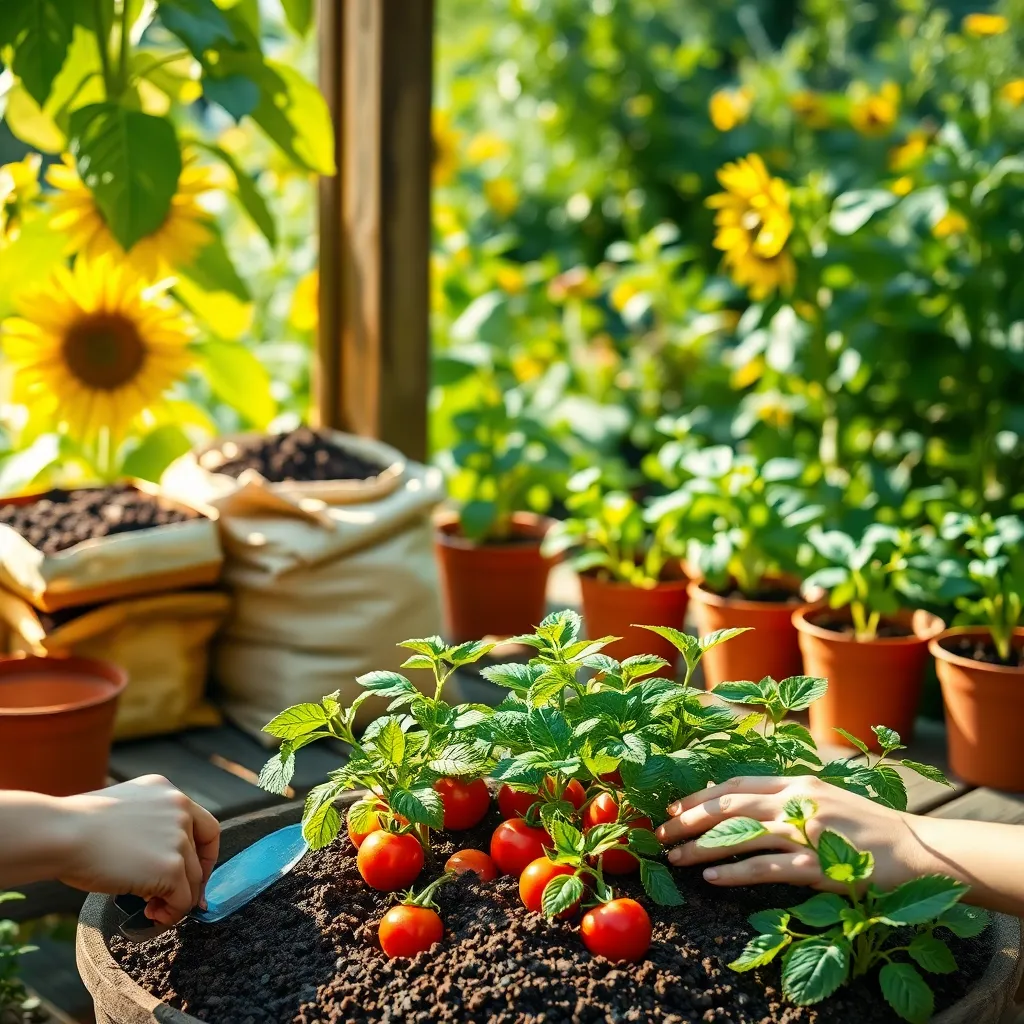
Choosing a quality potting mix is essential to successful container vegetable gardening. A good potting mix provides the right balance of nutrients, water retention, and aeration to support robust plant growth.
Start by selecting a potting mix specifically labeled for container gardening. These mixes are often lighter and drain better than garden soil, which helps prevent waterlogging and root rot.
Look for a mix with organic matter like peat moss or coconut coir, as these ingredients improve water retention without compacting the soil. Additionally, consider a mix that contains perlite or vermiculite to enhance drainage and ensure your plants’ roots receive adequate oxygen.
For those seeking an advanced approach, you might consider incorporating slow-release fertilizers into your potting mix. This ensures your vegetables receive a steady supply of nutrients throughout their growing season, reducing the need for frequent fertilization.
When filling your containers, ensure the potting mix is slightly moist but not soggy. This initial moisture helps the seeds or transplants settle in and begin growing more effectively.
Plant Seeds at Correct Depth
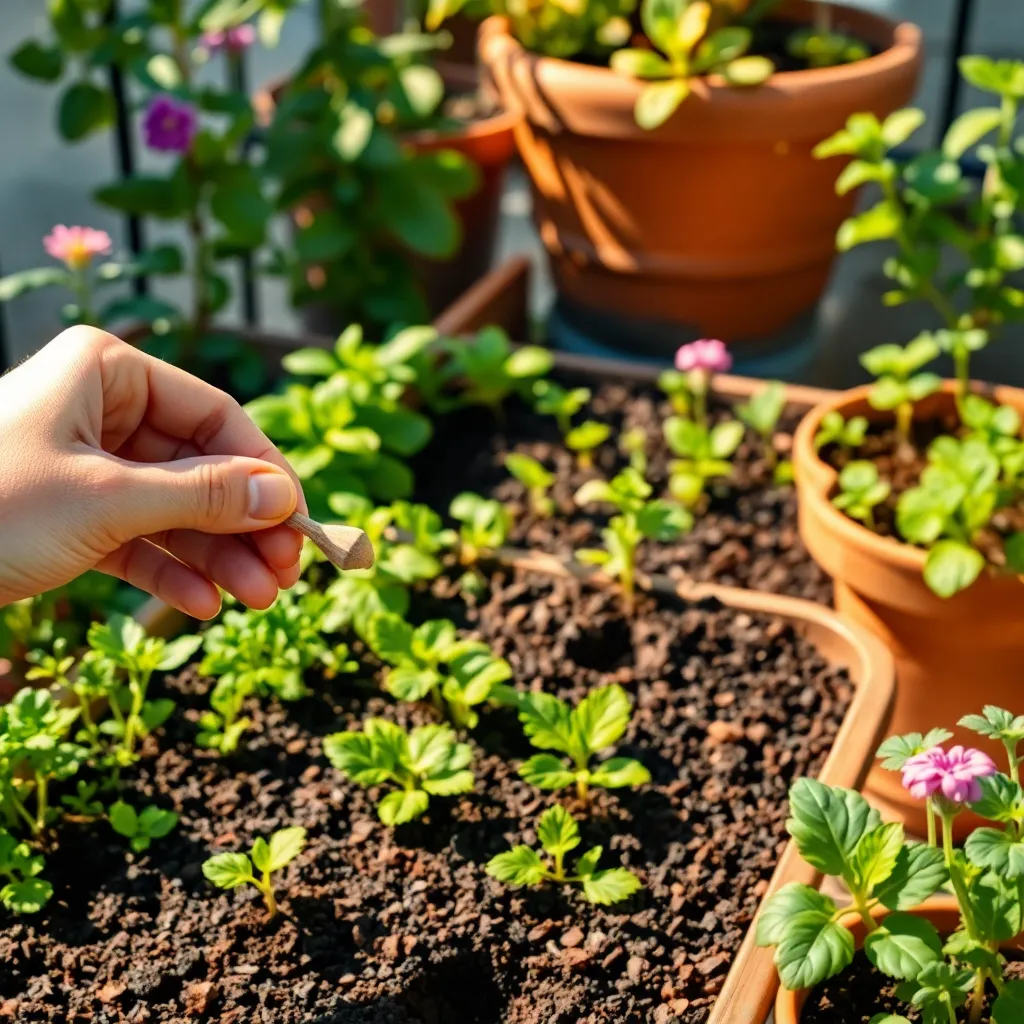
When planting seeds in containers, it’s crucial to bury them at the correct depth for optimal growth. Generally, the rule of thumb is to plant seeds at a depth of about two to three times their diameter. This ensures they have enough soil coverage to retain moisture but are not so deep that they struggle to reach the surface.
For small seeds like lettuce or carrots, a shallow planting depth is essential. Lightly press them into the soil surface, or sprinkle a thin layer of fine potting mix over them. This allows light to penetrate, which is necessary for these seeds to germinate effectively.
Larger seeds, such as beans or peas, require deeper planting compared to smaller seeds. Plant these seeds about an inch deep, pressing firmly to ensure good soil contact. This helps stabilize the seeds, encouraging strong root development as they anchor themselves into the soil.
Moreover, always refer to the seed packet instructions for specific depth requirements. Seed packets often provide valuable information tailored to the plant’s needs, ensuring successful germination and growth. Paying attention to these details can significantly increase your chances of a healthy and productive container garden.
Provide Adequate Watering Routine
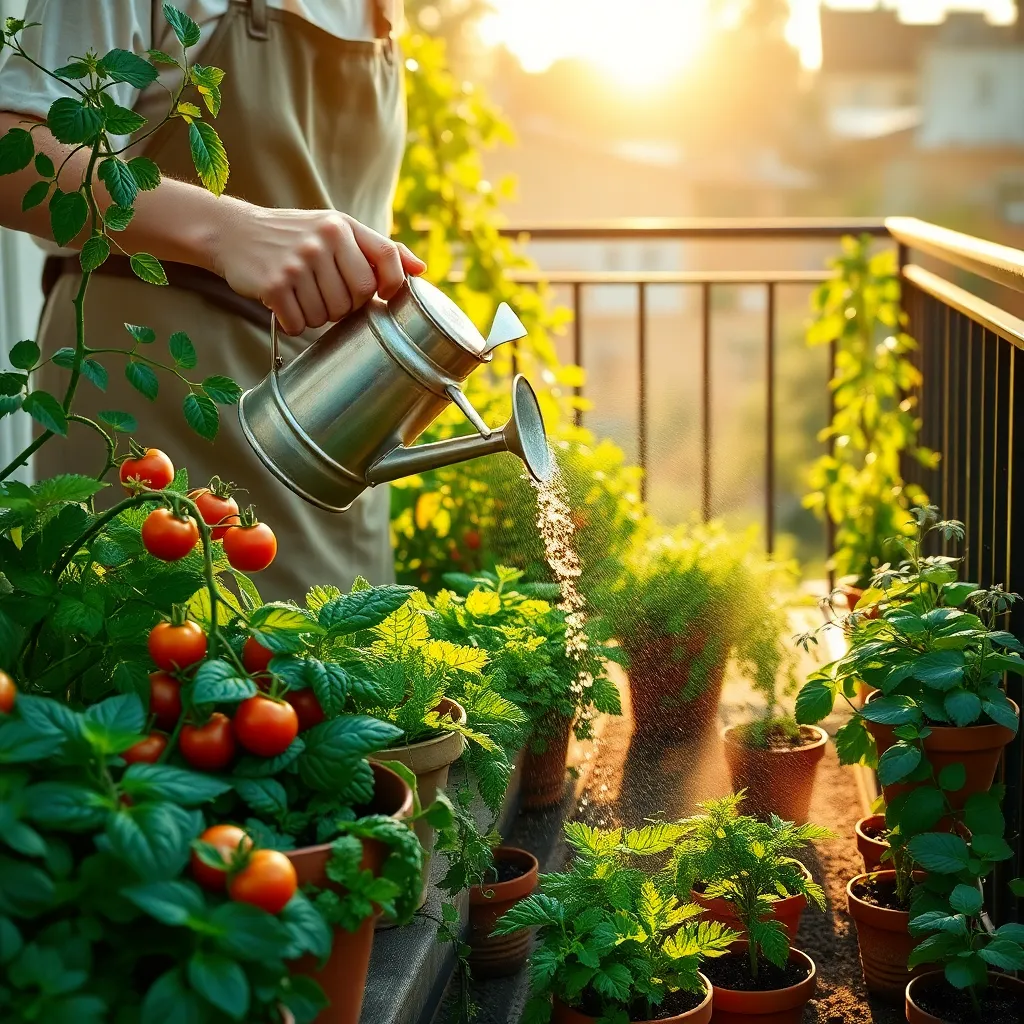
Watering is crucial for successful container gardening, as containers tend to dry out faster than garden beds. It’s important to establish a routine that ensures your vegetables receive consistent moisture without becoming waterlogged.
Begin by selecting a well-draining potting mix, which will help prevent root rot. Check the moisture level daily by inserting your finger an inch into the soil; if it feels dry, it’s time to water.
Consider the type of container you use, as materials like clay or terracotta tend to absorb moisture, necessitating more frequent watering. In contrast, plastic or glazed pots retain moisture better, allowing for less frequent watering.
Avoid watering in the heat of the day to minimize evaporation. Instead, water your containers early in the morning or late in the afternoon when temperatures are cooler and the plants can efficiently absorb the moisture.
For advanced gardeners, investing in a drip irrigation system can automate the process and conserve water. If using a watering can, aim to water at the base of the plant to keep leaves dry, reducing the risk of fungal diseases.
During hot weather or if plants appear wilted, they may require additional watering. However, always be cautious of overwatering, as this can suffocate roots and lead to poor plant health.
Ensure Sufficient Sunlight Exposure
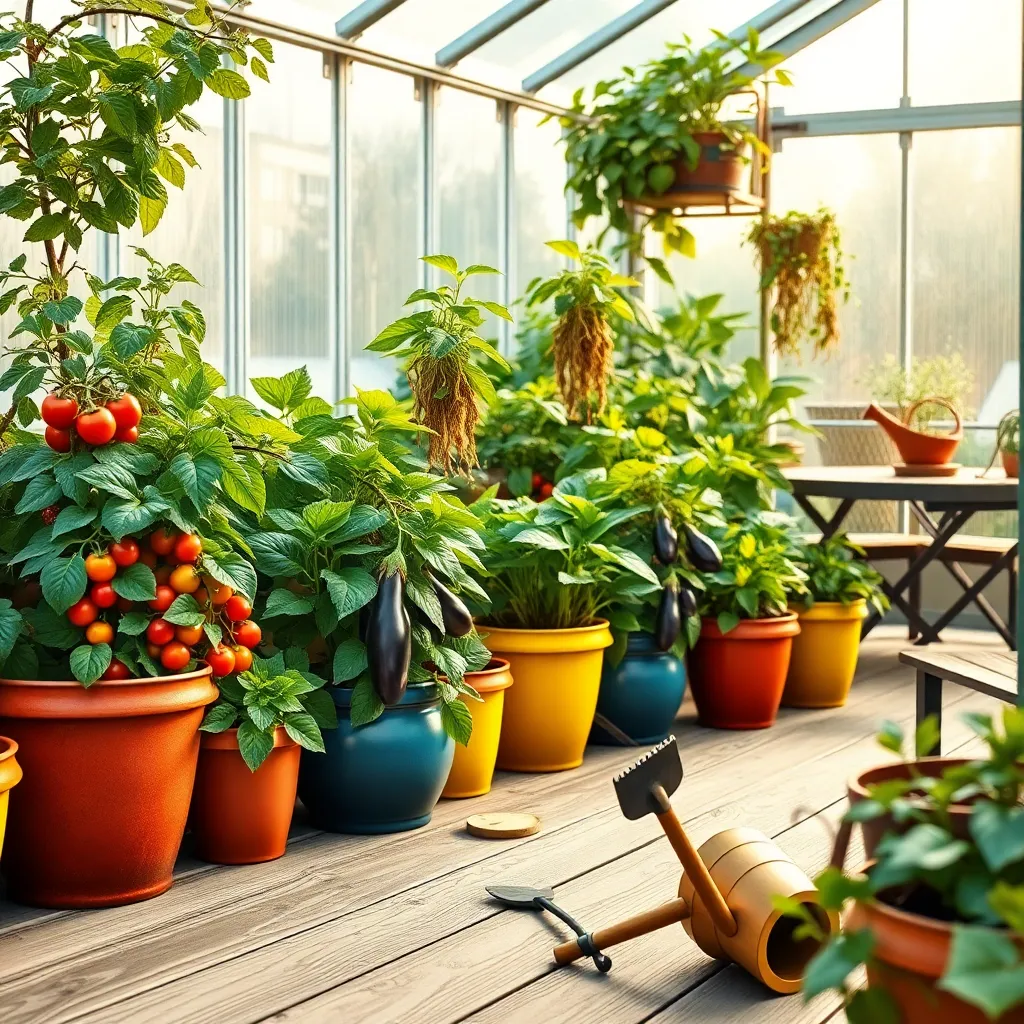
Ensuring your container vegetables receive sufficient sunlight is crucial for their growth and productivity. Most vegetables thrive with 6 to 8 hours of direct sunlight each day, which is essential for photosynthesis and flower production.
To maximize sunlight exposure, consider placing your containers on a south-facing patio or balcony where they can capture the most light. If your space is limited, you might need to use reflective surfaces like light-colored walls or fences nearby to enhance the sunlight reaching your plants.
For those with less natural light, choosing varieties that tolerate partial shade, such as leafy greens like lettuce and spinach, can be beneficial. Additionally, you can rotate your containers every few days to ensure all sides of the plant receive equal sunlight, promoting even growth.
Advanced gardeners can invest in grow lights to supplement natural sunlight, especially during the shorter days of winter. Position the lights about 6 inches above the plants and adjust as they grow, aiming for about 12-16 hours of artificial light per day to mimic the sun’s natural cycle.
Conclusion: Growing Success with These Plants
As you embark on the journey of growing vegetables in containers, remember these five key relationship concepts: nurturing your plants with the right soil and nutrients is akin to nourishing your relationships with attention and care; providing adequate space for roots to grow parallels giving your loved ones room to flourish; consistent watering reflects the importance of regular communication; sunlight represents the warmth of shared experiences; and pest management, like addressing conflicts, ensures healthy growth.
To take immediate action, start by selecting a few seeds or seedlings that excite you and set up your first container today. This hands-on step symbolizes your commitment to cultivating both your garden and your relational bonds.
Don’t forget to bookmark this article as a handy guide for future reference. Growth, whether in your garden or your relationships, is a continuous process that benefits from ongoing learning and reflection.
By embracing these principles, you are setting the stage for not only a thriving container garden but also flourishing relationships that will yield joy and fulfillment. Remember, every seed you plant is a step towards a more vibrant and connected life. Your future success is just a container away!

